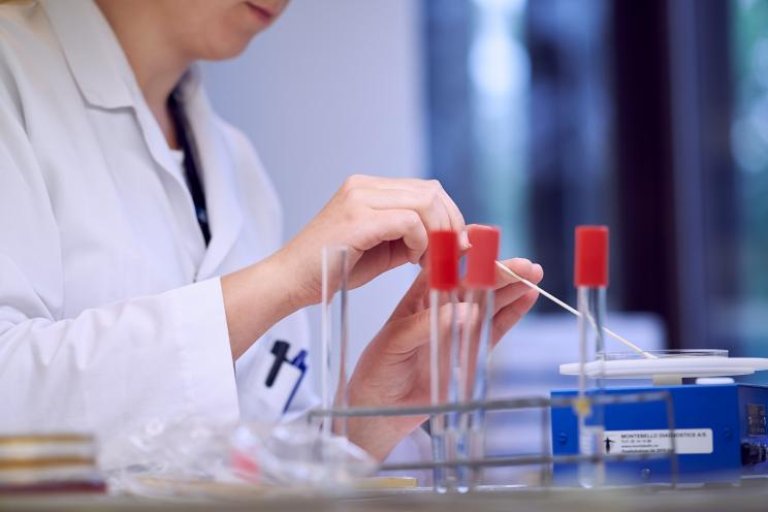
Information and isolates obtained through the national monitoring program (NORM-VET), which have been running yearly since 2000, and the surveillance program for LA-MRSA in swine (started in 2014) are basis for studying the occurrence and dynamics of AMR in Norway over time. Additionally, NVI has comprehensive diagnostic activity, and bacterial isolates obtained from clinical specimens subjected to bacteriological examination are also being used. Development of AMR in relation to species, diseases indicating use of antimicrobials, geography, population density, use of biocides, animal trade and other factors are assessed in several studies, among others in order to develop strategies for minimal use of antimicrobials and minimizing AMR transmission. Phenotypic analyses, single gene identification and characterization, genetic fingerprinting and whole genome sequencing (WGS) are used.